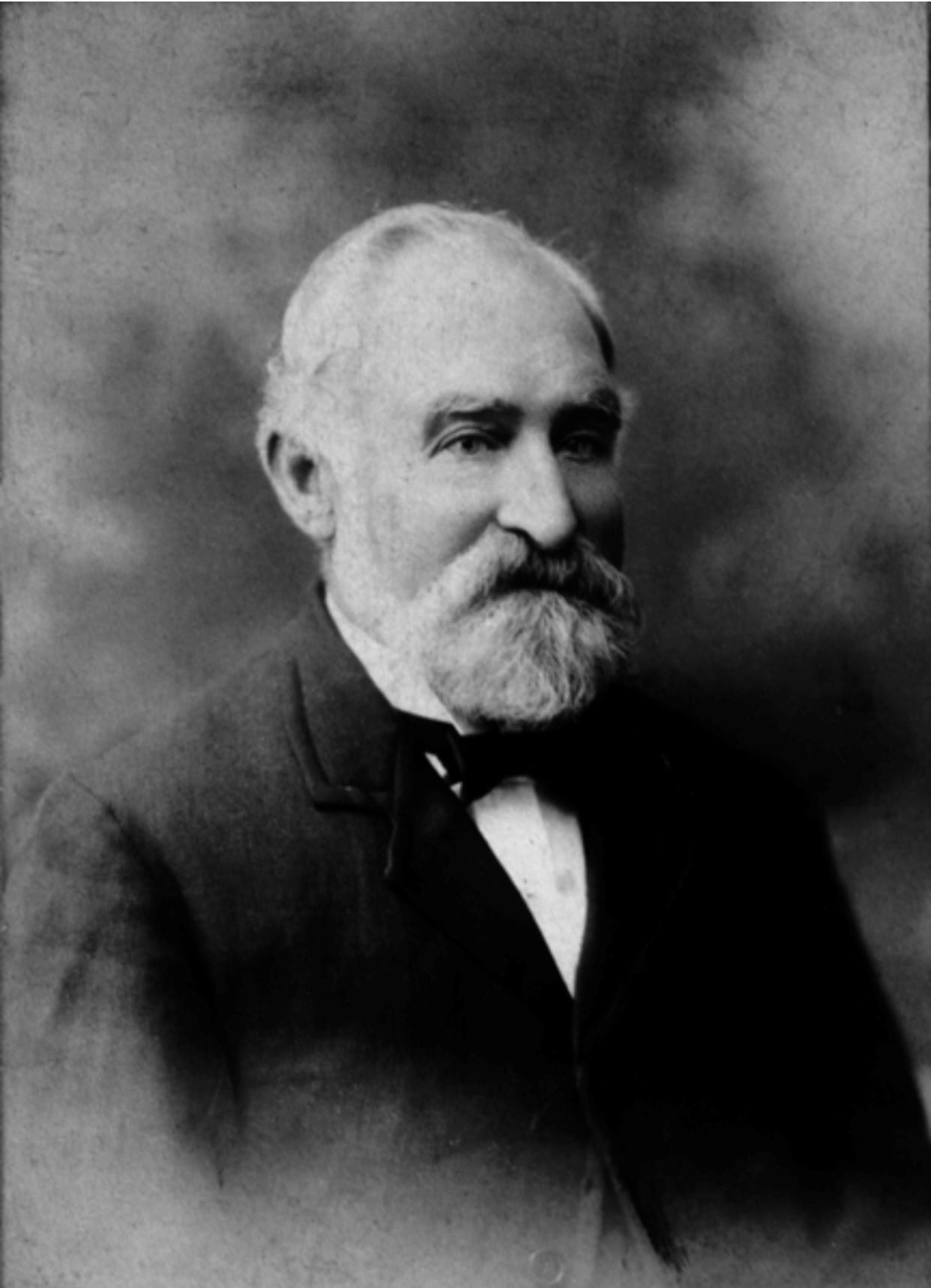Ferries: indelibly connected with Phillip Island.
Ferries have always been a part of Phillip Island history and folklore. Since the island’s earliest days, crowds have gathered to watch Westernport’s ferries come into the Cowes jetty, meet friends and family, and collect the mail and pick up...

Ferries have always been a part of Phillip Island history and folklore.
Since the island’s earliest days, crowds have gathered to watch Westernport’s ferries come into the Cowes jetty, meet friends and family, and collect the mail and pick up goods sent from Melbourne.
Times have changed, but even today, there’s still something to be said about ferries, and the simple pleasure they provide to spectators who wander out to the end of the pier, to watch their arrival.
This week, with the Rhyll Wooden Boat Festival celebration at Rhyll, we look back at the island’s famous ferries, and local vessels from yesteryear.

From the early 1870’s onwards, ferries were the main means of passenger transport around the bay. The original route was from Hastings to Cowes, Rhyll, Newhaven and San Remo.
In 1889 when the rail was put through to Stony Point, this became the terminus.
A man who made a great contribution as far as service in the coastal trade between Westernport and Melbourne, ferrying passengers and goods across the bay over a long period of time, was Captain John Lock.
He has been described as one of those grand, God fearing men of the old school, and he brought the majority of the island’s first settlers to Phillip Island.
Born in Woodstock England in 1833, he came to Australia in 1852 as a nineteen year old and followed the sea for the next 50 years.
He began running trading vessels in Victoria from the mid 1950’s.
He lived at Rhyll during the period of the oystering settlement there, until it folded around 1861.
Captain Lock purchased The Swan in 1867, and with the subdivision and settlement of Phillip Island from 1868, he returned to Rhyll, making it his home port, and bringing the island’s first settlers here.
He also ran the cutter Lizzie, built for him in 1875.
She worked in Westernport and Rhyll to Anderson’s Inlet most of the time.
She was of shallow draft so cargo from Melbourne was off loaded onto her at Rhyll, for transport to the shallower ports such as Grantville and Queensferry and across the shallow bat at the entrance to Anderson’s Inlet
Captain Lock purchased the Trucanini in the 1880’s to run between Westernport and Melbourne.
The Trucanini was one of the smartest ketches on the bay at that time, and known as a fine sea boat.
He personally commanded this ketch until within a few days of his death at age 75, in 1908.
Captain Lock was highly respected by his colleagues for his capable navigation; and for his courage, and his humanitarian treatment of those who served under him.
In the course of his long career, he was instrumental in saving nine lives.
The last occasion was at the Mornington regatta of 1897, when in the teeth of a gale and with seas running mountains high, he went out with two volunteers in the Trucanini’s dinghy and rescued the sole survivor of the crew of a yacht which had capsized in the bay.
For that act of heroism, the captain was presented with a handsomely illuminated address and silver locket.






